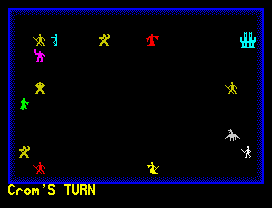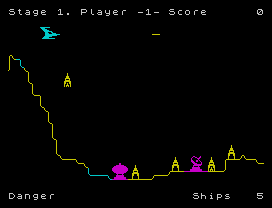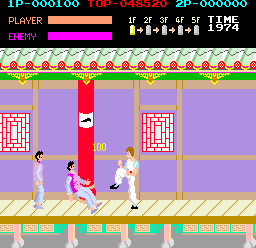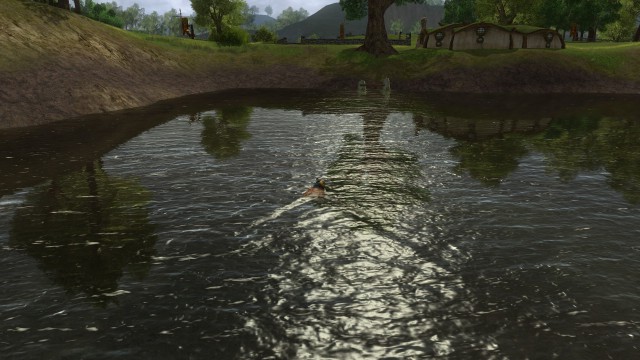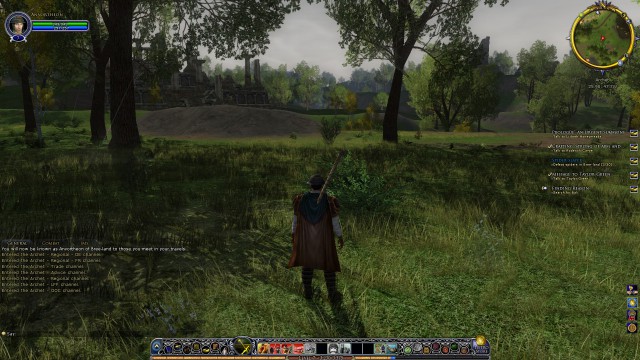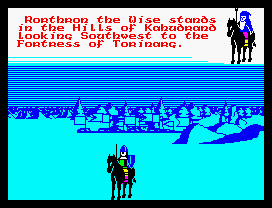This game should have actually been named “Brian Reynolds’ Alpha Centauri”, but Sid Meier was (and is) the best known name, and it draws heavily on Meier’s original Civilization, so… Sid Meier’s Alpha Centauri it was (or “SMAC” to its friends). By Firaxis Games, distributed by Electronic Arts, shortly before the end of the last century.
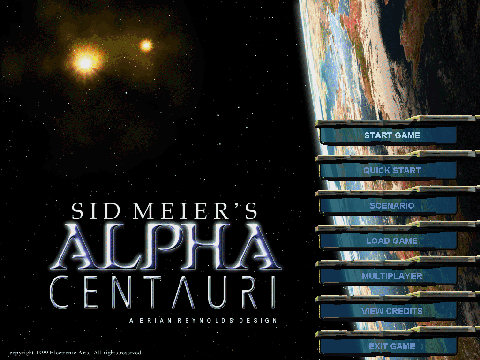
SMAC, believe it or not, is still a very popular game these days among strategy fans, and for good reason. In my opinion, it’s still the best Civ-style game, and has yet to be surpassed: Civ 4 was indeed a great game, and so is Civ 5 (though I can’t agree with a couple of design decisions), but, to me, SMAC remains the best Civ-style game. Unfortunately, it didn’t sell as well as it should have, possibly because most people — even most strategy buffs — aren’t science fiction fans, and it’s much easier to understand what you’ll get by inventing “The Wheel” or “The Alphabet” than what “Bioadaptive Resonance” or “Controlled Singularity” even are. In short, it scared away many Civ fans, which was a shame.
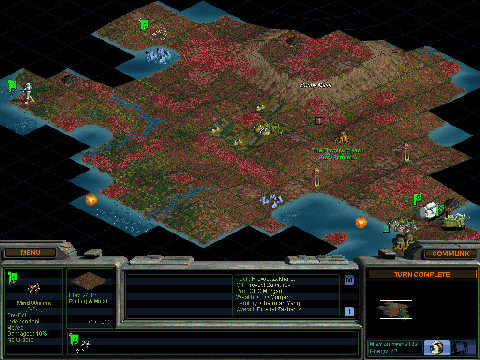
But it has some things no other game of its kind has:
- style – the spartan ((no, I’m not referring here to the Spartans, a survivalist faction in the game :))) interface, the voices, the graphics, the sounds, the descriptions, the movies. It really made you feel like you were in a different, but viable world.
- personality – the Civ games’ leaders, even though they’re supposed to be real life ones, have little or no personality. SMAC’s had. A lot. Who can forget Chairman Yang, Lady Deirdre, Sister Miriam, or CEO Morgan? They actually have different goals in mind, and act towards them. They all speak in their own way. And they all have great quotes — all of them spoken in the game by the characters.
- a story – yes, a strategy game with one. Really. And it doesn’t always end the same way (and I don’t mean just because you lose the game in the middle).
As I said, it’s still my favorite game of its kind, after 12 years. You can probably find the Planetary Pack (the game plus the expansion pack on a single CD) for sale somewhere, though it’s harder than it used to be. And you really should, if you’ve ever been interested in the Civilization series, or strategy games in general. Note, however, that getting it to run perfectly on modern Windows operating systems may constitute a challenge.
Links: Wikipedia entry, Official site.
P.S. – did you know that this game has inspired 3 novels (which I have), a comic book (which I also have) and a GURPS book (dammit…)? Not bad for a turn-based strategy game… 🙂
 … announcing the development of a new Lords of Midnight, (initially) for the iPhone and iPad, but eventually for Android and other systems (including PCs), turn-based, with landscaping such as the originals, but with new graphics, better AI, other small adjustments…
… announcing the development of a new Lords of Midnight, (initially) for the iPhone and iPad, but eventually for Android and other systems (including PCs), turn-based, with landscaping such as the originals, but with new graphics, better AI, other small adjustments…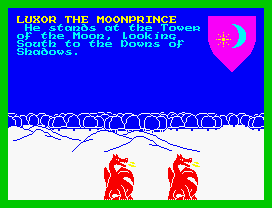
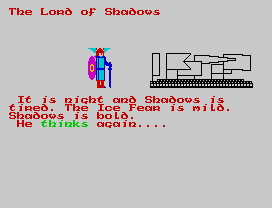
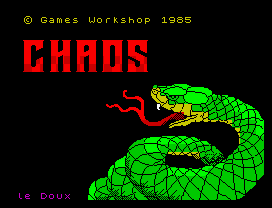 Back to the ol’ Speccy for a 1985 game I and my friends and brother played well into the late 90s: Chaos (also known as Chaos: The Battle of Wizards on the menu screen). Designed and programmed by Julian Gollop, who would go on to design such classics (not that Chaos isn’t one itself) as Laser Squad and UFO: Enemy Unknown (known outside Europe as X-Com: UFO Defense), this was indeed my first contact with a Gollop-designed game, though I didn’t know any of that at the time… after all, I was only an 11-year-old kid.
Back to the ol’ Speccy for a 1985 game I and my friends and brother played well into the late 90s: Chaos (also known as Chaos: The Battle of Wizards on the menu screen). Designed and programmed by Julian Gollop, who would go on to design such classics (not that Chaos isn’t one itself) as Laser Squad and UFO: Enemy Unknown (known outside Europe as X-Com: UFO Defense), this was indeed my first contact with a Gollop-designed game, though I didn’t know any of that at the time… after all, I was only an 11-year-old kid.